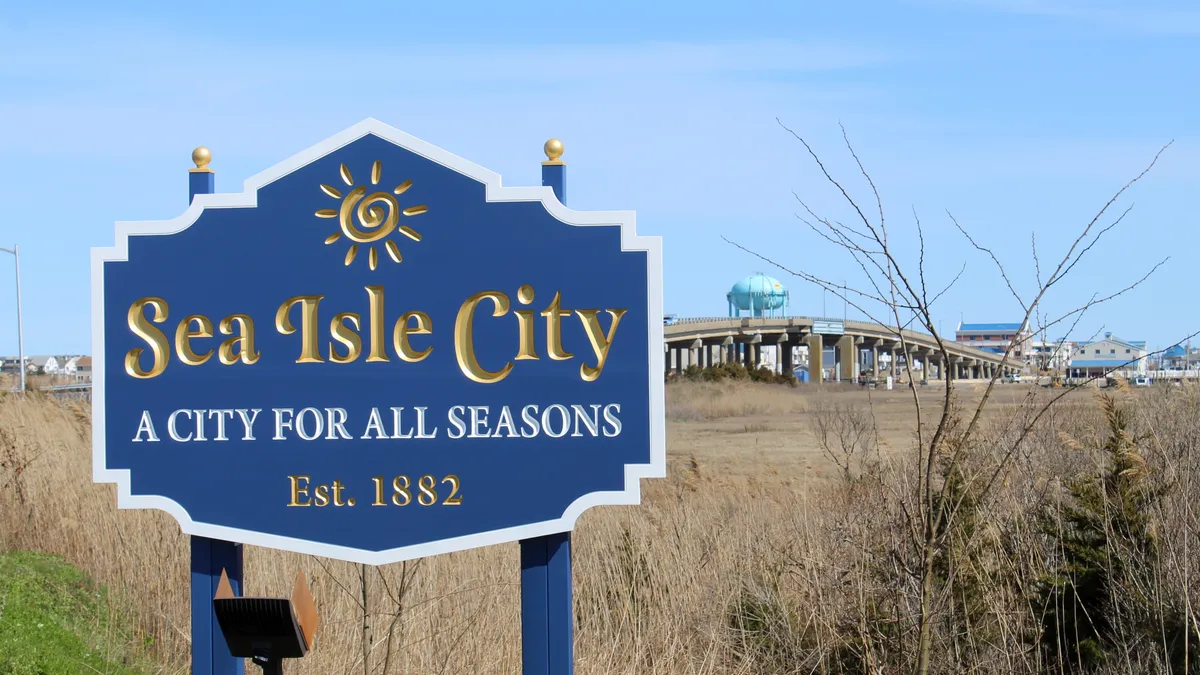Sea Isle City, New Jersey, had a dismal flood management reputation for a long time — one so bad that the beach community almost got booted from the Federal Emergency Management Agency’s National Flood Insurance Program in the mid-1990s, said Neil Byrne, the city’s floodplain manager. Getting kicked out of the NFIP “was going to be bad,” Byrne explained, because it would mean property owners wouldn’t be able to access federal flood insurance — which could negatively impact property sales.
“Some officials were like, ‘Oh, you don’t want to be like Sea Isle,’” said Byrne, who is also the community’s construction official, building sub-code official and zoning officer. “Well, now everybody wants to be like Sea Isle.”
Over the last three decades, Sea Isle City has achieved the highest rank of any New Jersey city in FEMA’s Community Rating System, a voluntary incentive-based program designed to encourage strong floodplain management. Class statuses range from 1, the best status, through 10, which marks communities that are not participating in the CRS. Localities can earn points to climb the ranks of the Community Rating System by taking flood management actions.
For residents, a higher rating means more money in their pockets through a discount on federal flood insurance. Sea Isle City’s Class 3 status allows residents to get a 35% discount on their premiums. “We went from worst to first,” Byrne said.
Sea Isle City became the first locality in New Jersey to attain Class 3 status in 2018. Only one other New Jersey community, Avalon, has accomplished the same status since, and no Class 1 or 2 communities exist in New Jersey.
Byrne pointed to the city’s strengthened zoning ordinances requiring structures to be elevated higher as the action that has most improved floodplain management. “Your first floor has to be 3 feet above what FEMA says is the base flood elevation,” Byrne said, adding that only parking is allowed below that level.
Investments in berms and bulkheads have also contributed to Sea Isle City’s strong flood management, Byrne said.
Last year, Sea Isle City was briefly demoted from Class 3 to Class 4 status after points awarded to communities after Superstorm Sandy expired. Those points had been awarded to New Jersey towns that adopted advisory Flood Insurance Rate Maps after the 2012 storm, Byrne said. The city quickly regained Class 3 status through additional flood management activities.
Sea Isle City’s success required leaders who were willing to spend political and financial capital on building resilience, Byrne said. Mayor Leonard Desiderio, who has served as mayor since the city was on the brink of losing its spot in the NFIP, “spent a lot of capital, both political and monetary, making the town more resilient,” Bryne added.
Ranking in the Community Rating System has become something of a friendly competition among coastal New Jersey towns. Sea Isle City has hopes of becoming the state’s first Class 2 community, Byrne said. However, “it's very hard to … get to the next level,” he said.
Flood pumps, which can move large amounts of water, could help the city get there. “Ninety-nine percent of our flooding is tidal flooding,” Byrne said, referring to inundation that happens during high tide events. “A lot of it goes away on its own, but we have little areas that need help getting the water out.”











